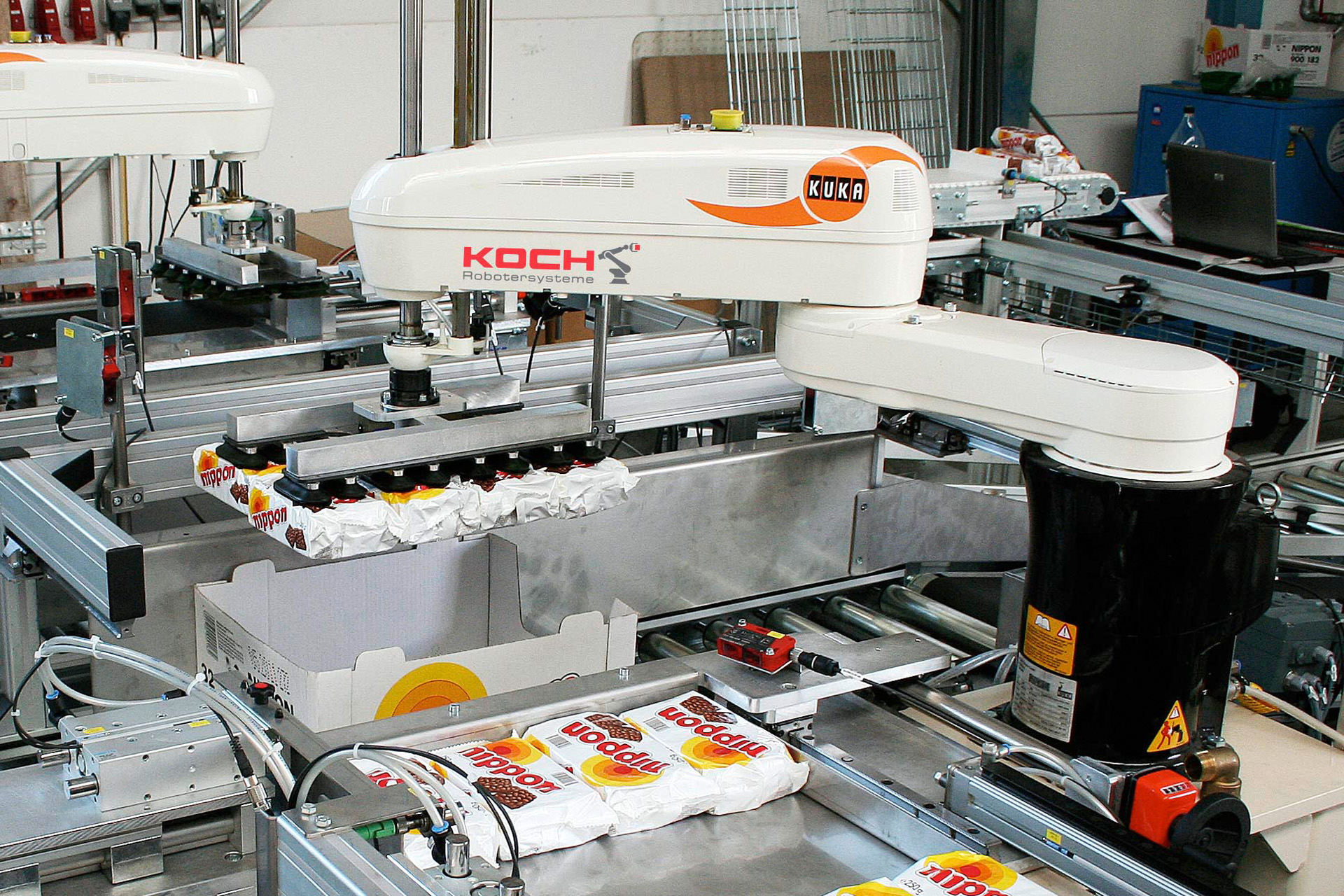
Food manufacturers are turning to robots to meet customers’ needs, says ING report
The importance of technology for food manufacturers continues to grow, according to a new ING report, Food tech: technology in the food industry.
The research report revealed the use of robots in the European food industry is becoming more commonplace, with a 50 per cent increase in the sale of robots to the food industry over the last five years.
The research also uncovered the growing demands from retailers and consumers is having an impact on the uptake of technologies like robotics in the industry.
Retailers require larger volumes of food at low prices while pressures from consumers call for more measures to be taken for health and sustainability purposes.
These demands are driving the need for the implementation of new technologies, such as robotisation and digitalisation, to help food producers increase productivity and improve production standards.
Advances in gripper and image recognition technology have enabled robots to see and feel, allowing them to handle delicate and diverse products and function in challenging environments, including heat, moisture and cold.
Less human interference also reduces the risk of contamination, helping producers comply with strict food safety requirements.
Transparency from farm to fork
Besides the growing deployment of robots, food manufacturers increasingly turn to data technology to make their planning processes more efficient and to predict supply from farms leading to a better match between supply and demand.
Digitalisation of the supply chain also creates transparency from farm to fork, enabling consumers to trace the origin of an increasing number of food and beverages that end up in their shopping baskets.
While investing in robots is relatively expensive, due to the need for tailor-made solutions and relatively small order numbers, the investment threshold for digitalisation is much lower, making it more accessible for food producers.
Bridging the gap between producer and consumer
Food production is increasingly in the hands of robots and data analysts, ensuring affordability and better quality of food.
Thijs Geijer, senior economist at ING, says: “Consumers and society expect healthier and more sustainable food while food manufacturers want to make production as efficient as possible.
“The use of robots and data technology can serve both.”
For all opportunities robotisation and digitalisation bring to the food industry, increasing complexity of production processes will also have its impact on the labour market.
Geijer says: “Some jobs will disappear, others will change and new jobs will be created. That’s why investment in technology should go hand in hand with investment in human capital.”
For more information, please see the full report here.
